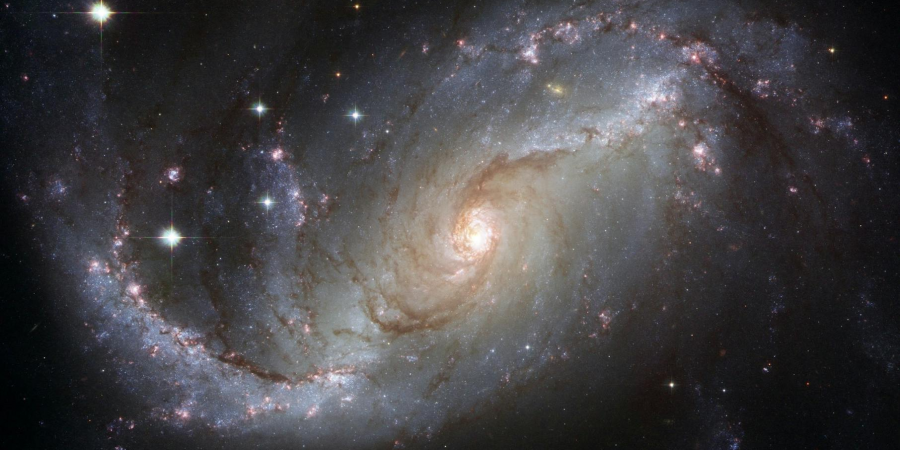

Black holes, those enigmatic cosmic behemoths, are perhaps one of the most awe-inspiring and thrilling phenomena in the universe. Born from the fiery death throes of massive stars, these celestial monsters possess gravitational forces so intense that they warp space and time around them, creating a region from which nothing, not even light itself, can escape: the event horizon.
At the heart of a black hole lies the singularity, a point of infinite density where the known laws of physics cease to apply. It's a realm where our understanding of the universe breaks down, and the very fabric of space-time seems to unravel. The existence of singularities raises profound questions about the nature of reality and the limits of our knowledge. Exploring the physics of black holes and their singularities is akin to peering into the abyss of the unknown, inviting us to contemplate the fundamental mysteries of existence itself.
One of the most thrilling aspects of black holes is their profound influence on the surrounding space-time. As matter spirals inexorably toward the event horizon, it forms a swirling, glowing disk of superheated gas and dust known as an accretion disk. This disk emits intense radiation, including X-rays and gamma-rays, making black holes detectable even from across the vast expanse of the cosmos. The gravitational pull of a black hole can also distort the paths of nearby objects, leading to phenomena like gravitational lensing, where light from distant stars and galaxies is bent and magnified as it passes near the black hole.
But perhaps the most mind-bending concept associated with black holes is the phenomenon of time dilation. According to Einstein's theory of relativity, time passes more slowly in regions of strong gravitational fields. Near a black hole, where gravity is at its most extreme, time itself becomes stretched and distorted. For an observer far from the black hole, time appears to pass much more slowly for an object falling into the black hole. This means that if you were to venture close to the event horizon of a black hole and return to your starting point, you would find that much more time had passed for the outside world than for you—an effect that has profound implications for our understanding of the passage of time and the nature of space-time.
The mysteries surrounding black holes have captured the imagination of scientists and laypeople alike for decades, inspiring countless works of science fiction and driving ambitious efforts to study them using advanced telescopes and space probes. Recent discoveries, such as the detection of gravitational waves emitted by merging black holes, have opened new windows into the study of these cosmic phenomena, revealing tantalizing insights into their nature and behavior.
As we continue to probe the depths of the cosmos, black holes stand as both a testament to the unfathomable complexity of the universe and a tantalizing frontier for scientific exploration. They remind us of the boundless wonders that await discovery in the vast expanse of space, and they challenge us to push the boundaries of our knowledge ever further in pursuit of understanding the mysteries of the cosmos.
